Featuring John Brigham
Looking for a wide angle rectilinear zoom for underwater portrait work, wrecks, and reef scenes? The Sony FE 16-25mm f/2.8 G Lens may be right for you. Learn how to set it up for zoom operation behind a dome port in your Ikelite 200DL underwater housing for Sony full frame mirrorless cameras. Scroll for video transcript.
Sony's 16-25mm is an excellent wide angle zoom lens. I like it for two reasons: one, it's compact and two, it does double duty because it's an excellent choice for topside landscape photography as well as underwater. So, let's go ahead and see how we put this together with the zoom solution in a DL housing.
Installing the Zoom Gear
First thing, we'll turn our attention to the lens. We're going to use the gear sleeve and clamp system in order to zoom this lens while it's in the housing. When we open the box, we're going to take our gear sleeve, which we'll set to the side. In the bag we have a set of foam and a clamp. Because of this lens's diameter, we will not need to use the foam included, so we will put it with our spare parts and close up our box.
You'll notice that the clamp has two tabs on it and in those tabs are channels. Those channels are going to correspond and line up with the two ribs that are on the inside diameter of the gear sleeve. Before we get to putting those two pieces together, let's put the clamp on the lens.
You'll notice on the lens that there are three different rings. The first at the bottom closest to what will be the camera body is going to be your aperture ring. Make sure that's set to “A” for automatic. The next is going to be the zoom ring and that's where we're going to put the clamp. The last will be the focus ring, make sure we don't put the clamp there.
Make sure that the tabs are actually facing the camera body and line up one of the two tabs with the white dot on the lens itself, that'll help us align it later during installation. To do that, all I have to do is gently walk the clamp up the lens and I make sure that the clamp is right in the middle of that zoom ring. Again, I'm going to make sure that I have the tab lined up with the white dot on the lens itself.

The clamp should be fixed on the middle (zoom) ring of the lens with the tabs pointing toward the camera body and one of the tabs aligned with the white indexing dot on the lens, as pictured above.
Set that aside and turn on my attention to the housing. Inside the port mount we have the retainer and we can use the tool to remove that retainer. Simply unthread and set that aside for the time being. Take the gear sleeve, drop it on the inside of the port mount. You'll notice that it has teeth around the circumference of it. We'll line up with the teeth on the inside. When you drive the zoom control, it moves the gear sleeve. To keep it in place, we'll replace the retainer by dropping it down into place using the tool and simply tighten that down. No need to over tighten. This is just to keep that gear sleeve in place and from falling out forward.
Installing the Lens
Now, remove the body cap from the camera. Using the zoom knob, we can take the gear sleeve and orient it so that one of the two ribs is in line with the white dot on the camera body.
Then, remove the back cap and the front cap from the lens. Because we align one of the tabs with the white dot on the lens and align the ribs with the white dot on the camera body, it makes it quite simple to make sure that the ribs go into the channels of the clamp on both sides.
Drop the lens down into place and bayonet onto the camera body. Then, double check to make sure that your zoom control is actually going to zoom your lens.
Installing the Extension & Dome Port
Now the system is ready for the port assembly. In this particular case, it consists of the DL 8 inch Dome Port # 75340 and the DL 50mm Port Extension # 75050.
First thing I'm going to do with these two components is I'm going to make sure that the thumb screws on both of them are unscrewed so that the screw is not protruding to the inside diameter of the part.
Next, I'm going to take some of the included Ikelite lubricant between my finger and thumb and I'm going to apply a little bit of that lubricant to the o-ring of the port mount on the housing. Simply run it around the o-ring, taking the time to visually inspect the o-ring for any debris (oftentimes you will feel anything that could affect the seal before you'll see it). So I do that to both o-rings on the extension and the port mount. It doesn't take much lubricant here, just enough to overcome the friction.
Then I'll also look at the sealing surface of the extension, running my finger across it to make sure it's defect-free, clean, free of debris. Same thing with the port itself.
Now, the order of operation that you do this in is not critical. I like to put the extension on the dome port and then put that assembly onto the housing, so that's what we're going to do here.

Ensure that all thumbscrews on the Extension and Dome Port line up. The shade that corresponds with the thumbscrews, as pictured here, will be at the top - or noon - of your housing when installed.
You'll notice that when you look at the extension, you have three pockets. You also have those same three pockets on the port mount itself. Those three pockets correspond to the mating piece's thumbscrew. On the dome port you'll notice that one of the two shades corresponds with one of the thumbscrews. Make sure that that is going to be what we call the top, or noon on the housing, so that it's providing shade properly.
We will take our extension and the pockets line up with the thumbscrews on the extension and the thumbscrews on the dome port are going to line up with those pockets on the extension. Firmly press the two pieces together. Once they're pressed together, make sure that you tighten all three of the thumbscrews of the port.
The thumbscrews are a retaining system, the seal occurred when the extension and dome port pieces went together. So when you tighten these thumbscrews down, this is just to keep them from coming apart. This is not affecting the seal or improving it, so no need to use tools or over-tighten the thumbscrews here.
Because we made note of what thumbscrew corresponds to the shade, and that shade is going to be the top, our thumbscrews will now line up with the pocket of the port mount. Press down firmly until it's contacting all the way around the circumference, and now you can tighten down all three of those thumbscrews. Again, no need to over-tighten.
Now we have a fully assembled and sealed system. That's all it takes to accommodate and zoom the Sony 16-25mm lens. If you have any questions about this process, feel free to shoot us an email to ikelite@ikelite.com.
Products Used
- DL 8" Dome Port # 75340
- DL 50mm Extension # 75050
- Zoom Gear # 5509.28
- Anti-Reflection Ring # 0923.78
Additional Viewing
DO'S and DON'Ts of 200DL and 50DL Underwater Housing Set-up [VIDEO]
Sony a7C II & a7CR // DL vs DLM Ikelite Underwater Housing [VIDEO]
Stop Doing This to Your Strobe Battery Pack! [VIDEO]
Customizing the Dial Functions on a Sony Mirrorless Camera for Underwater Use [VIDEO]
Sony a9 III // Setting It Up 200DL Underwater Housing [VIDEO]
Sony Custom White Balance Shortcut for Use in Underwater Housings [VIDEO]
Sony a7R V & a7 IV // Setting it Up Ikelite 200DL Underwater Housing [VIDEO]
 John Brigham is the Vice President & head of product development at Ikelite. He was born with a flair for design and an entrepreneurial spirit as son of Ikelite founder Ike Brigham. He worked his way up in the business and is a natural fit in the R&D side of things. John dives the equipment as much as possible to test product and put himself in the "fins" of the user. You may also find him on the other end of an email or phone call when you reach out for product advice and support. When he's not underwater he's flying drones, setting off rockets, training his German Shepherd "T2", and spending time with his family.
John Brigham is the Vice President & head of product development at Ikelite. He was born with a flair for design and an entrepreneurial spirit as son of Ikelite founder Ike Brigham. He worked his way up in the business and is a natural fit in the R&D side of things. John dives the equipment as much as possible to test product and put himself in the "fins" of the user. You may also find him on the other end of an email or phone call when you reach out for product advice and support. When he's not underwater he's flying drones, setting off rockets, training his German Shepherd "T2", and spending time with his family.


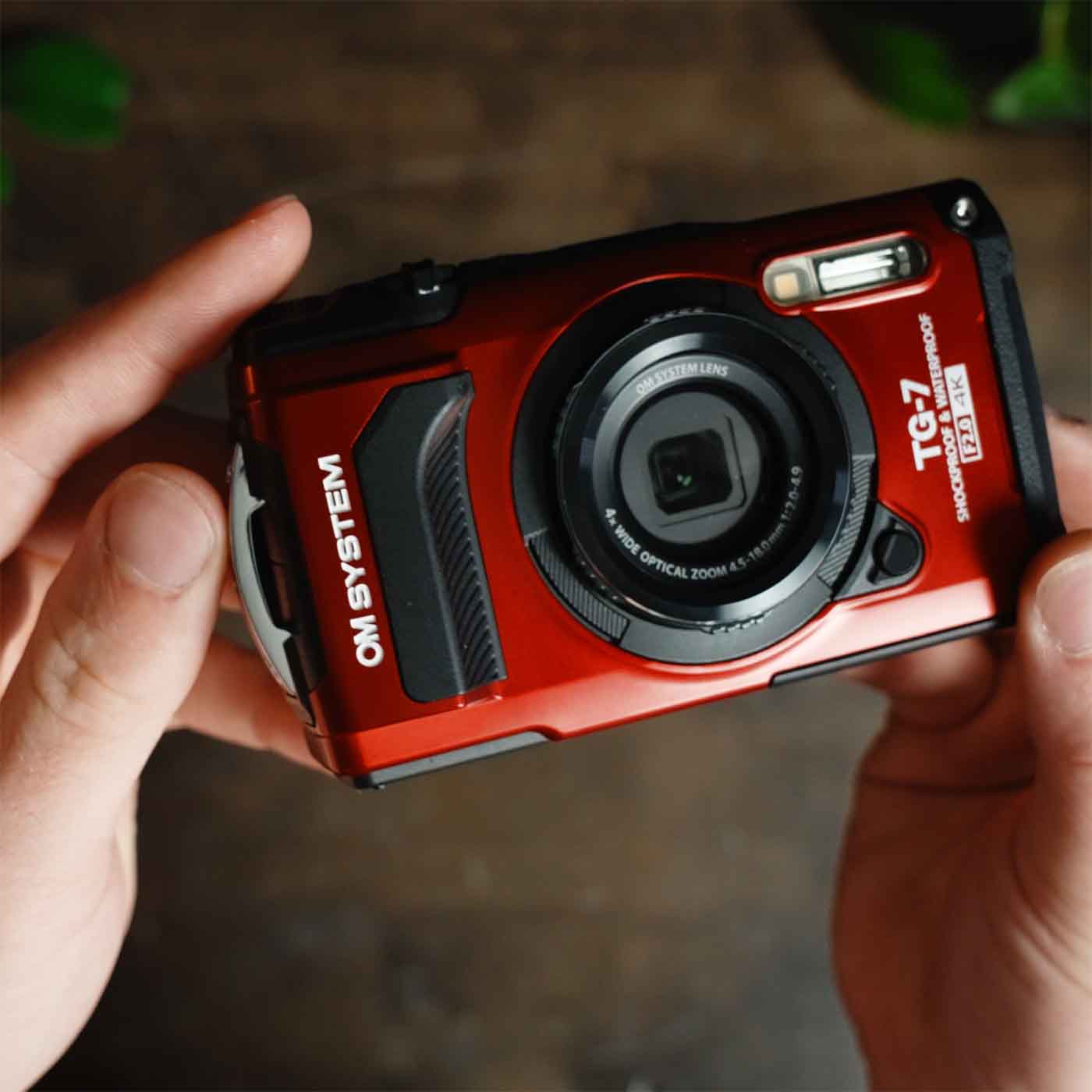
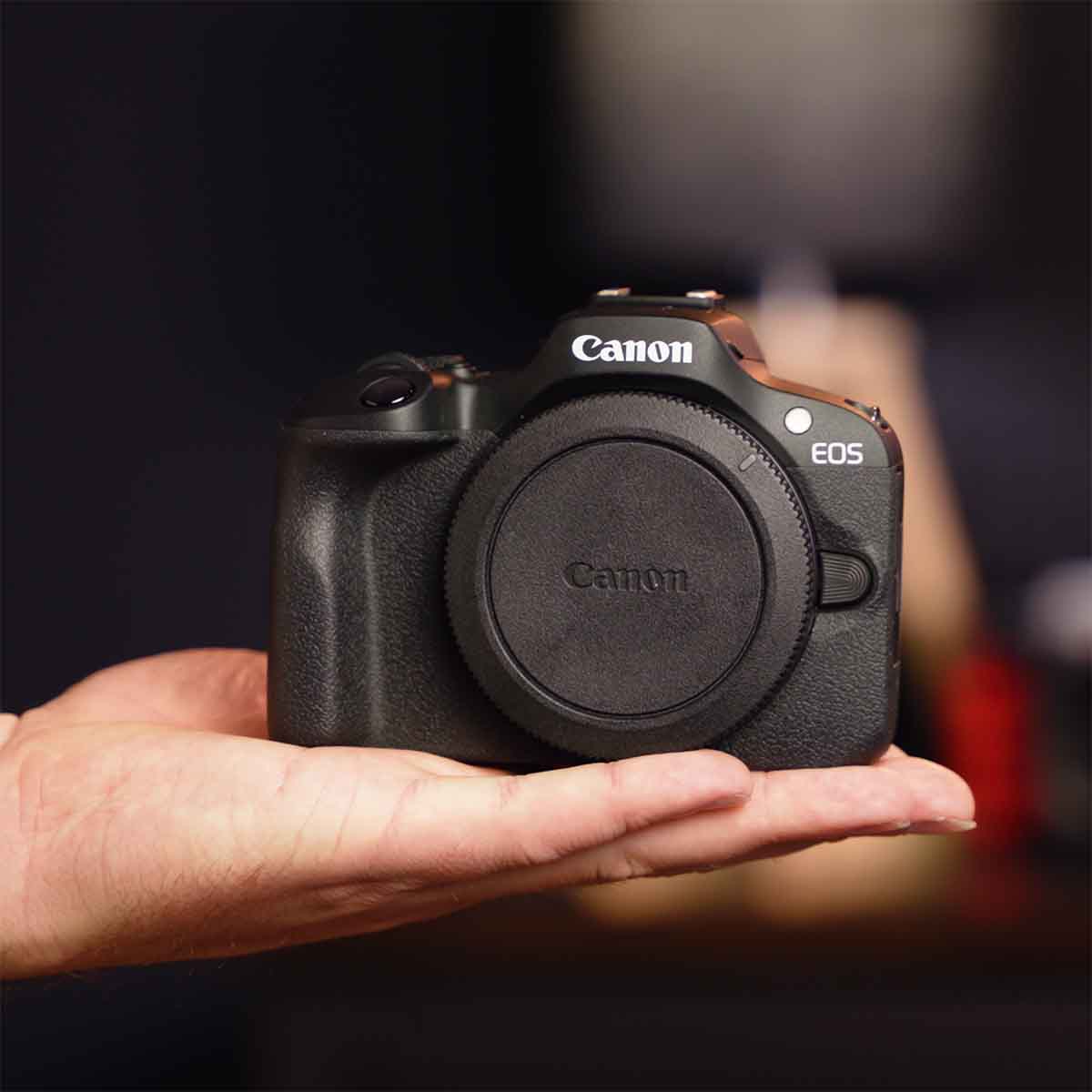
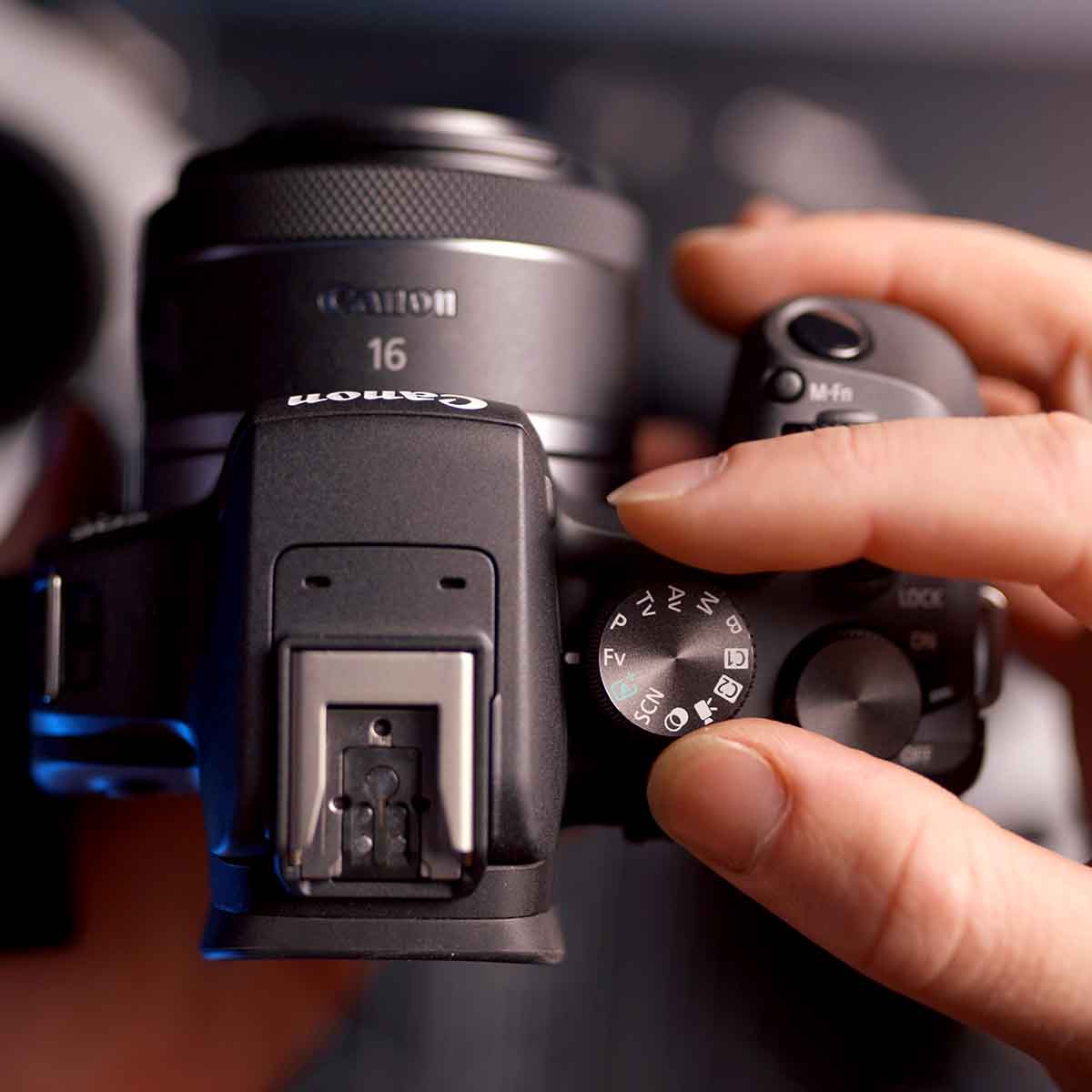
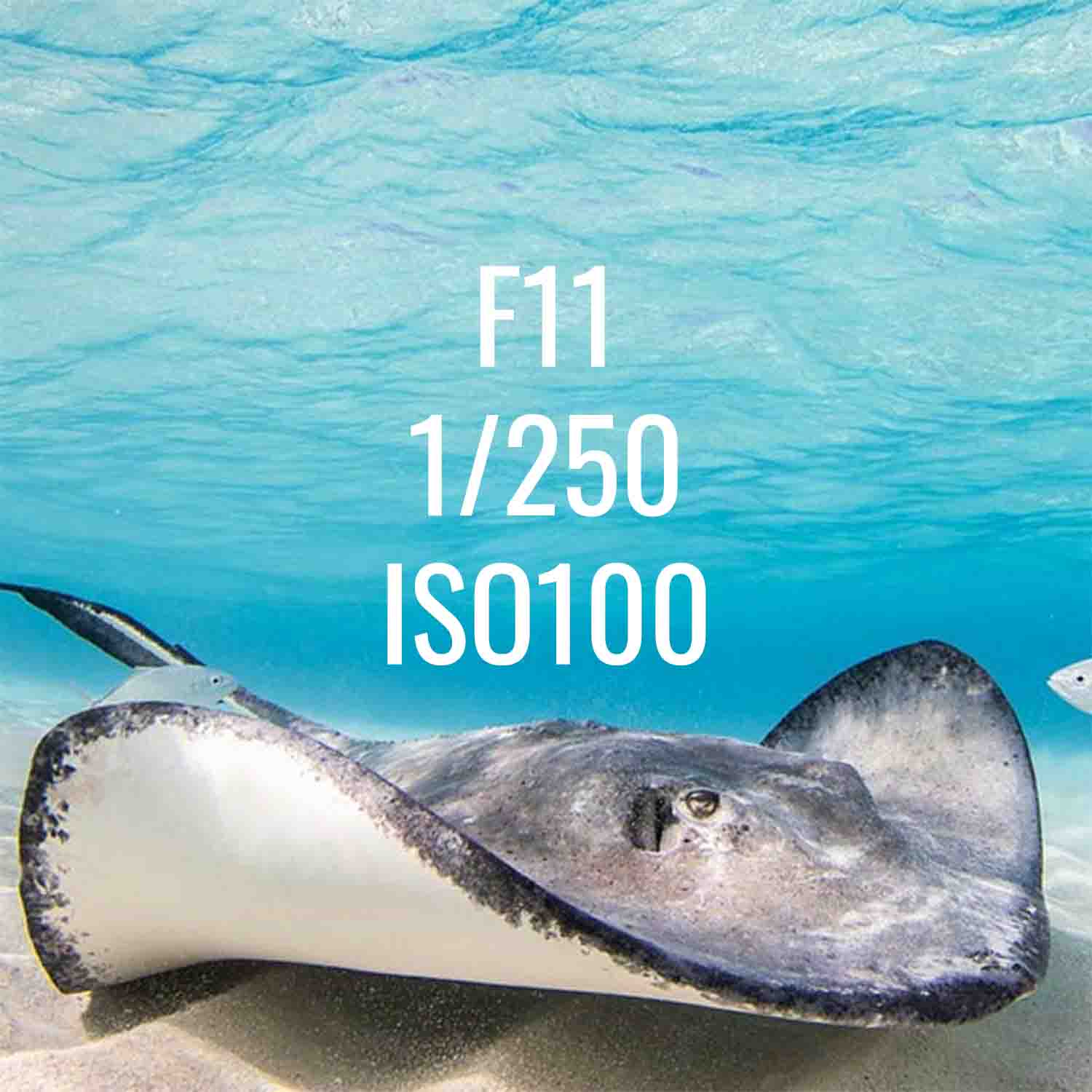

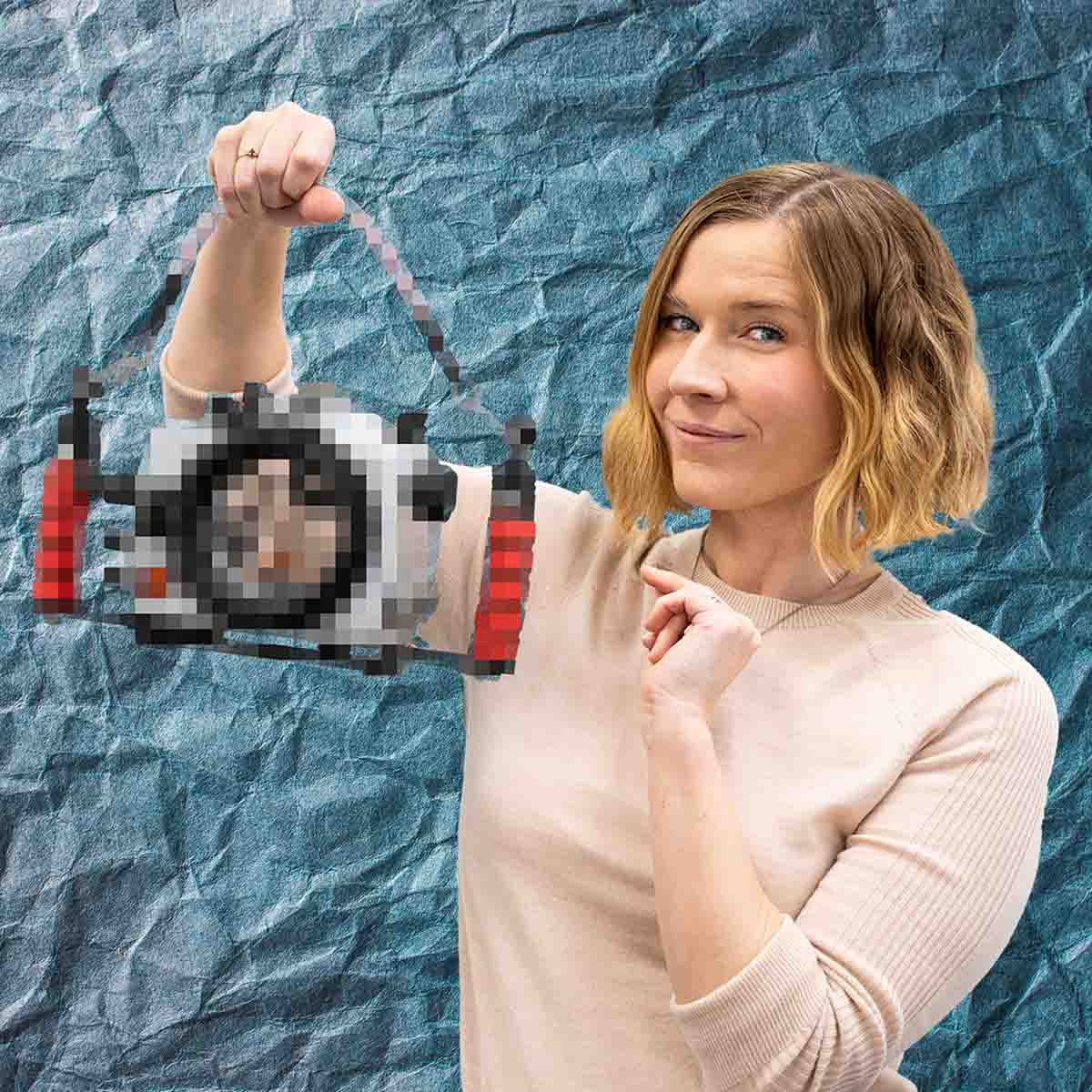
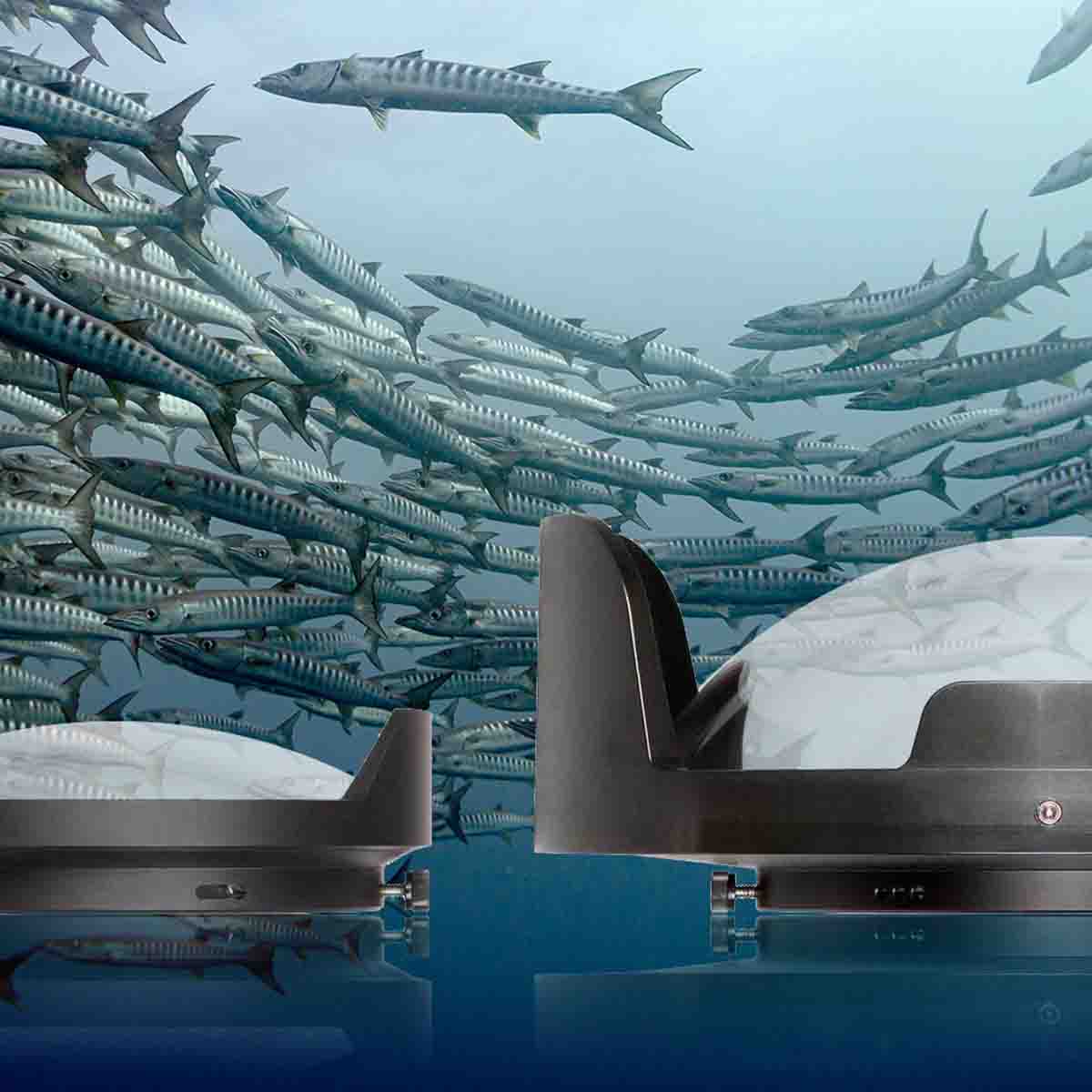
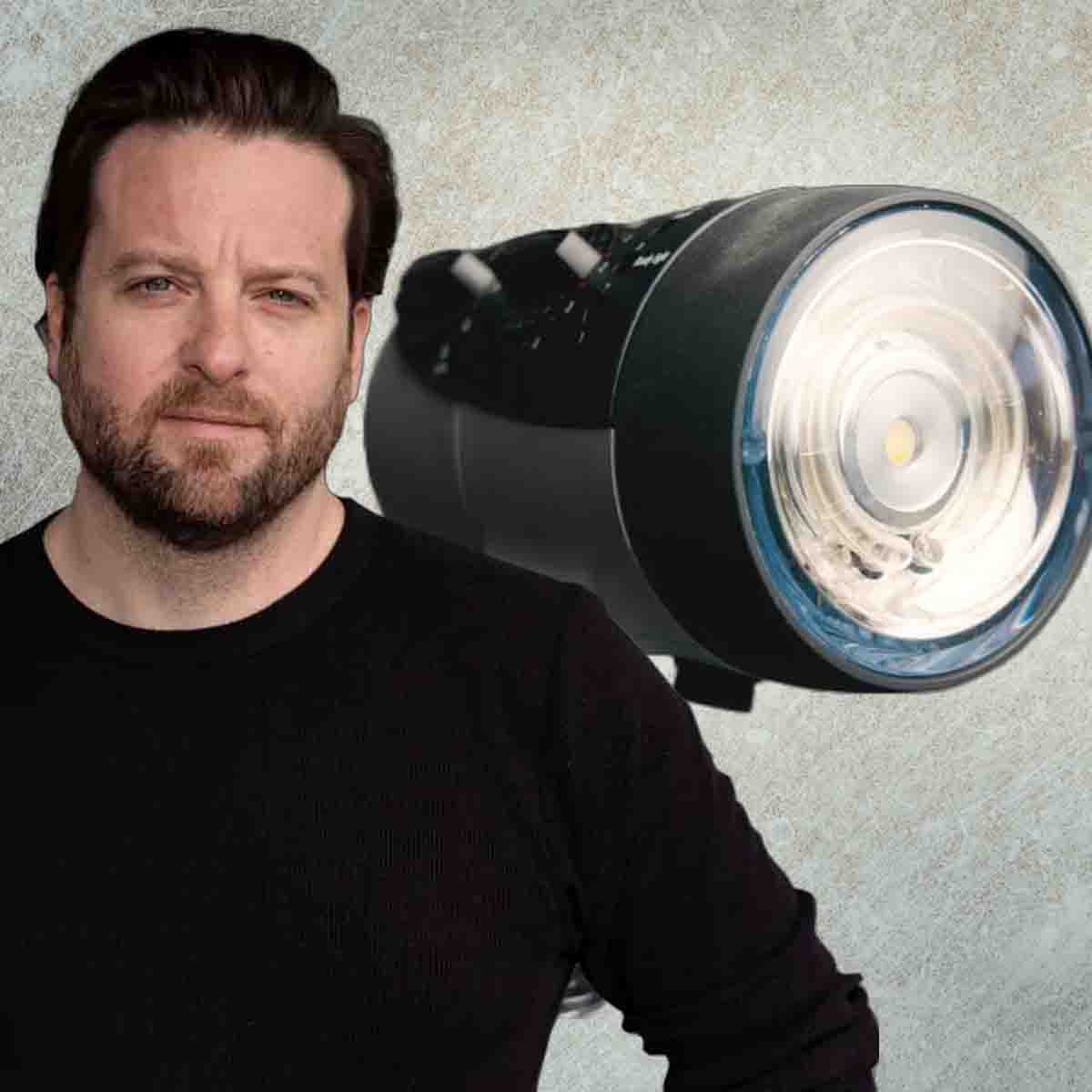
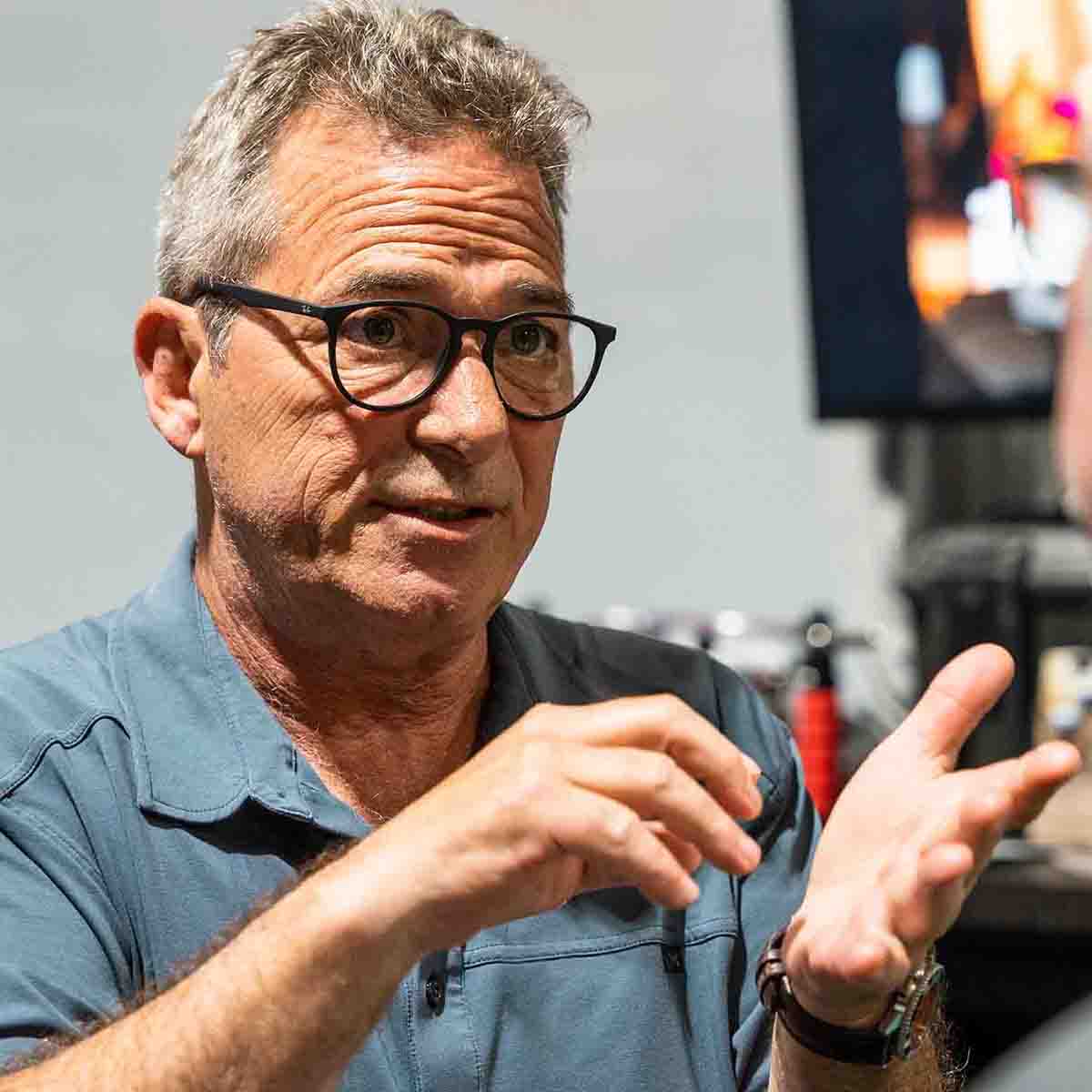
![Sony 16-25mm Setting it Up // 200DL Underwater Housing Assembly [VIDEO]](http://www.ikelite.com/cdn/shop/articles/Sony_16-25mm_DL_Assembly_copy.jpg?v=1738781482&width=1500)
![Laowa 10mm Setting It Up // DL Underwater Housing Assembly [VIDEO]](http://www.ikelite.com/cdn/shop/articles/ikelite-lawoa-cover.jpg?v=1738781508&width=2000)
![Laowa 10mm Setting It Up // DLM Underwater Housing Assembly [VIDEO]](http://www.ikelite.com/cdn/shop/articles/Laowa_10mm_DLM_Assembly_copy.jpg?v=1738781494&width=2000)